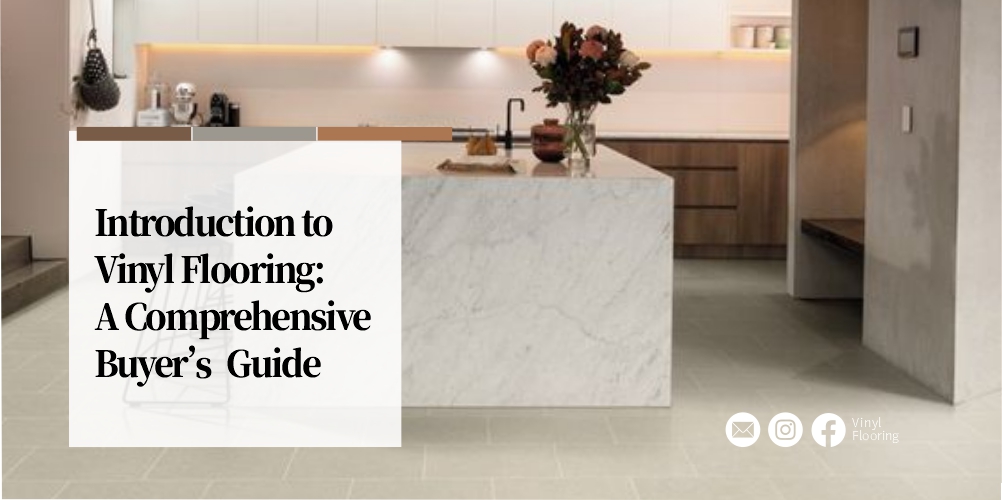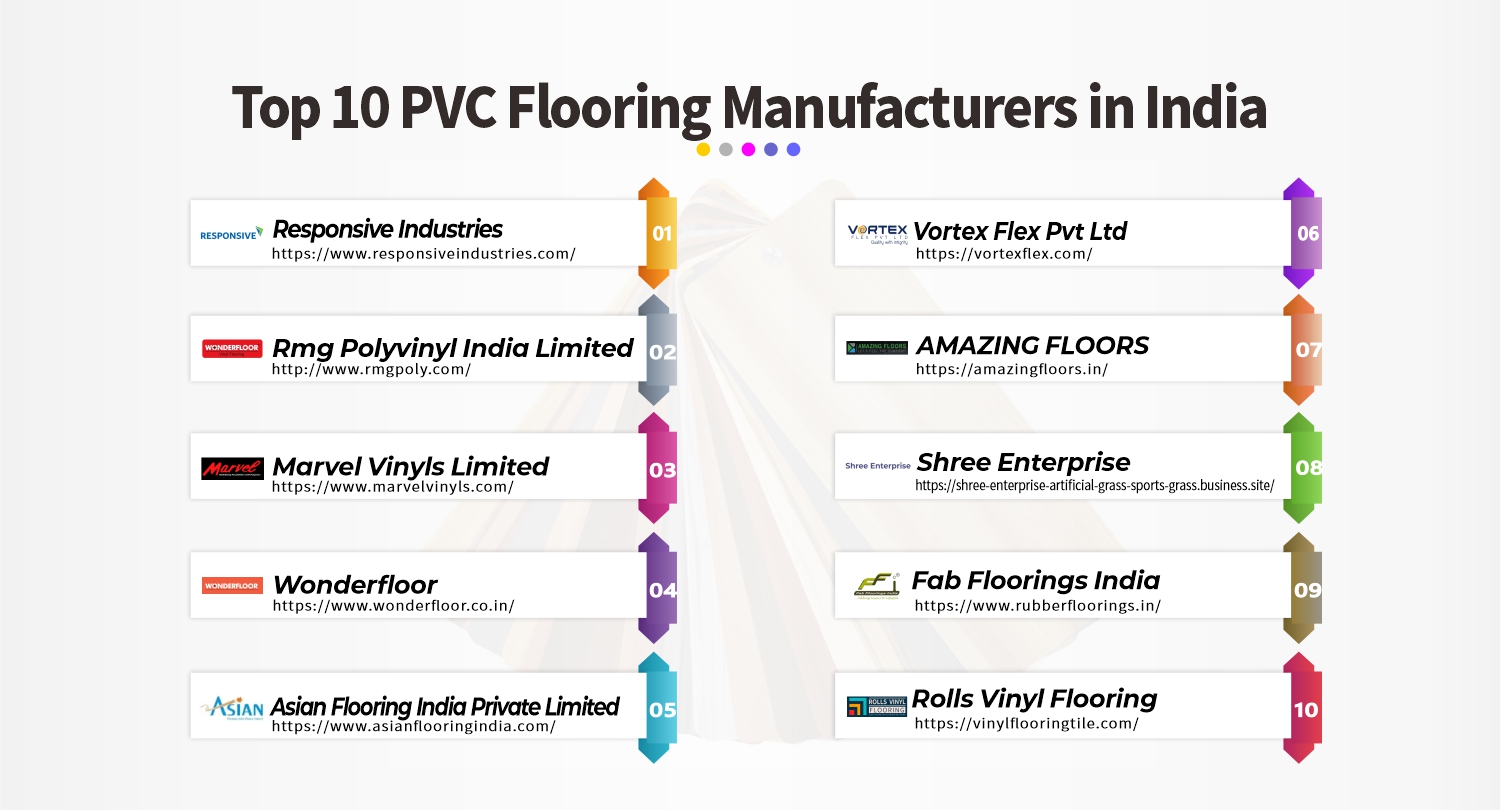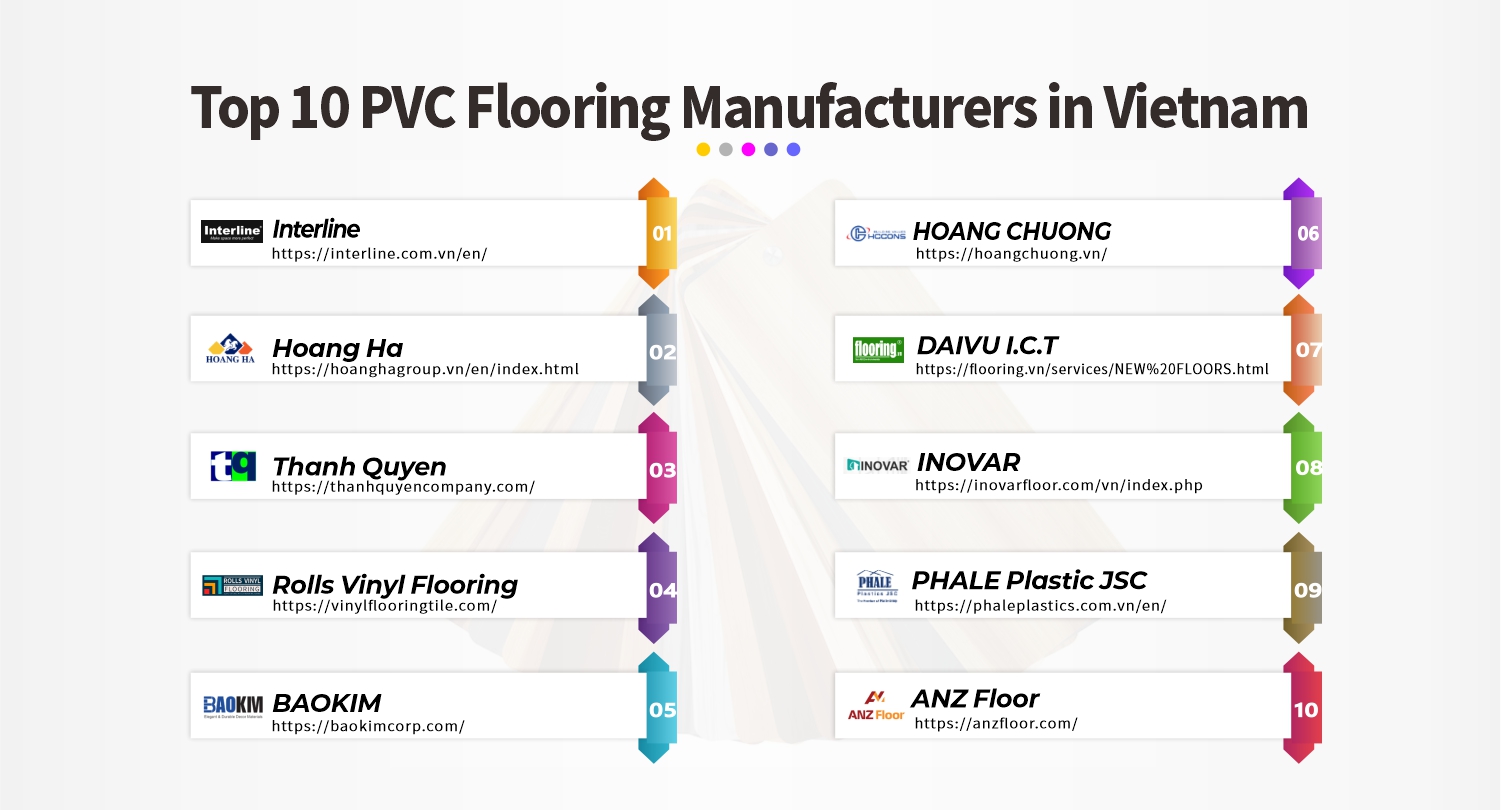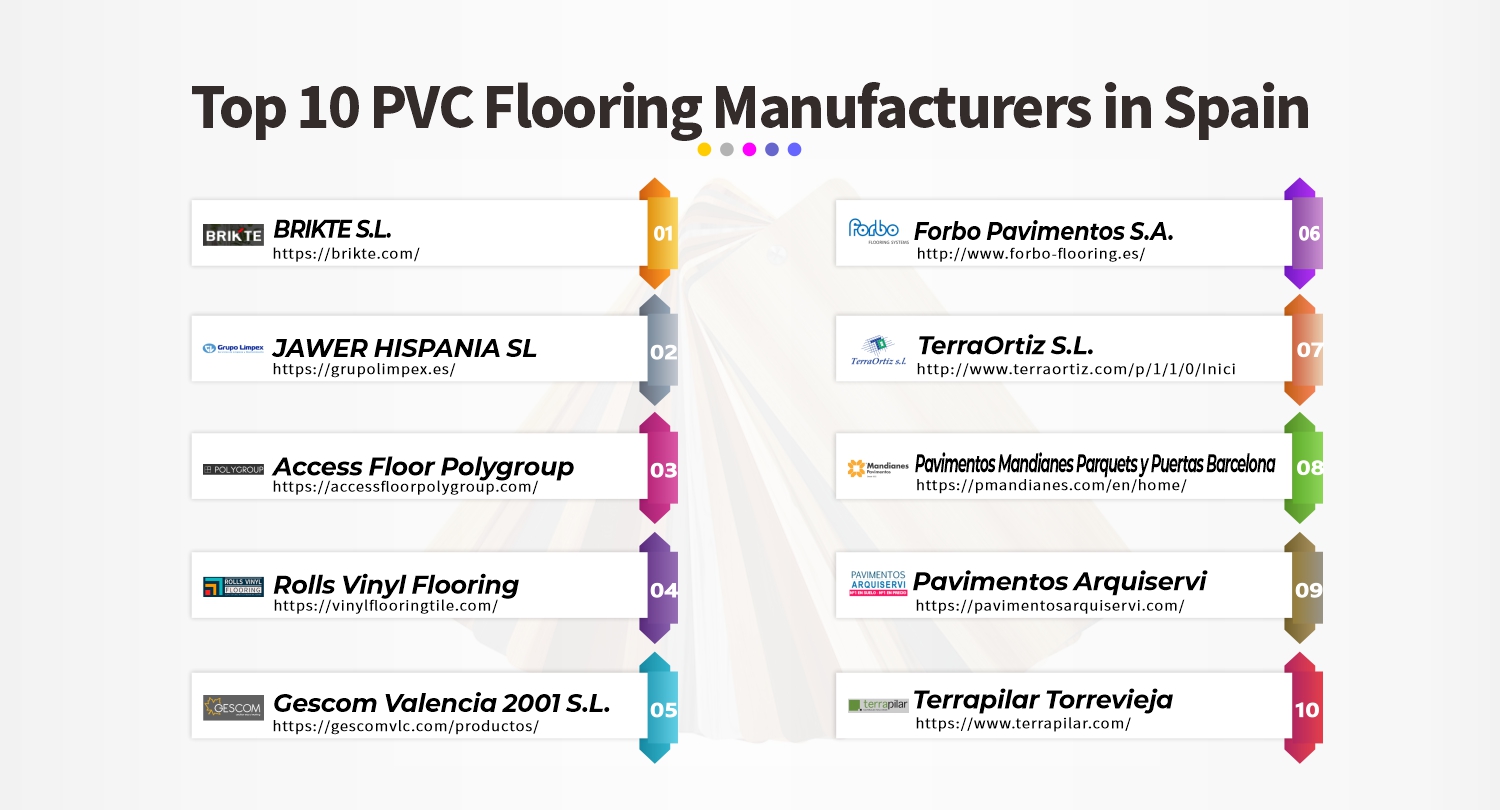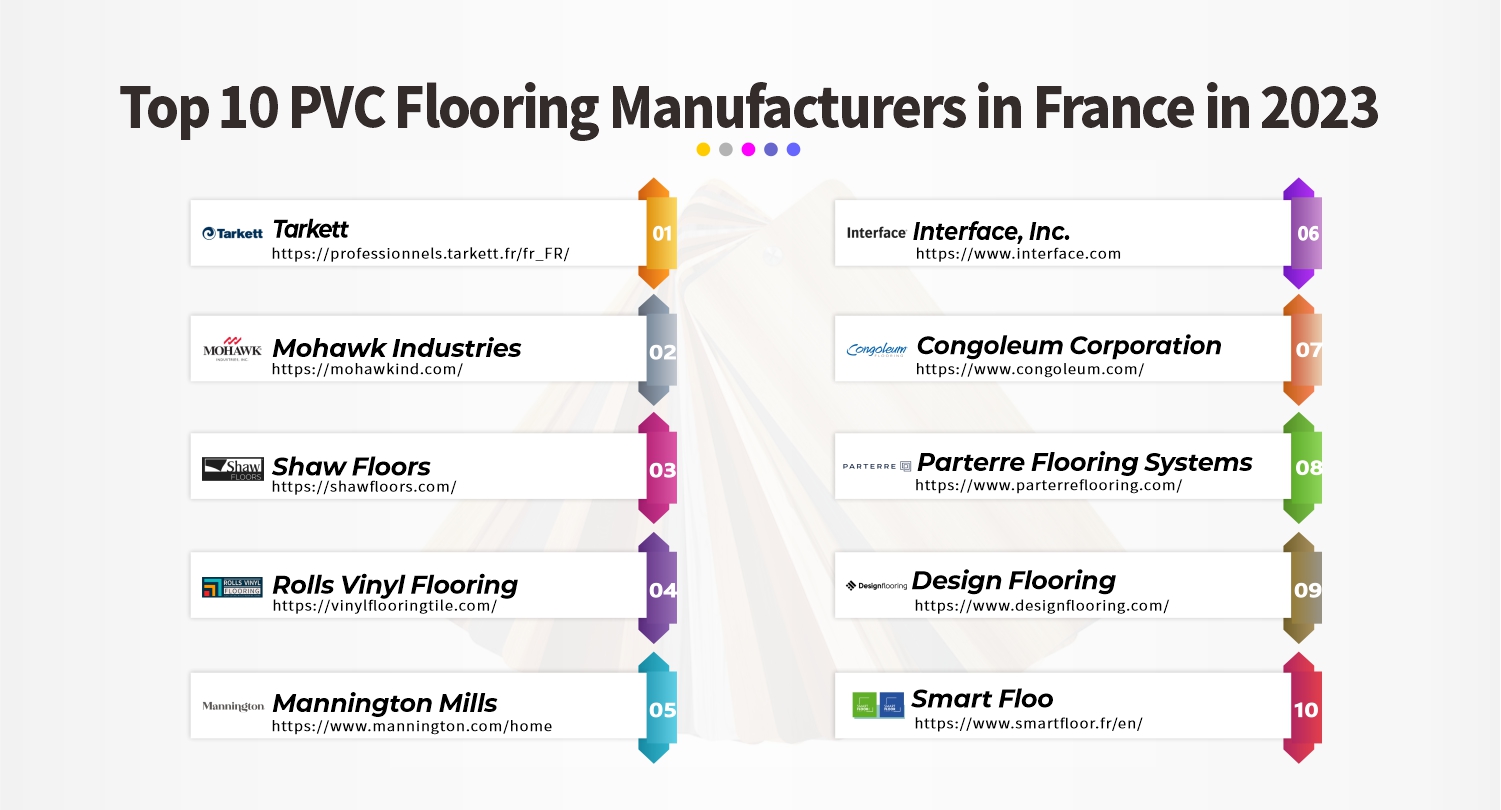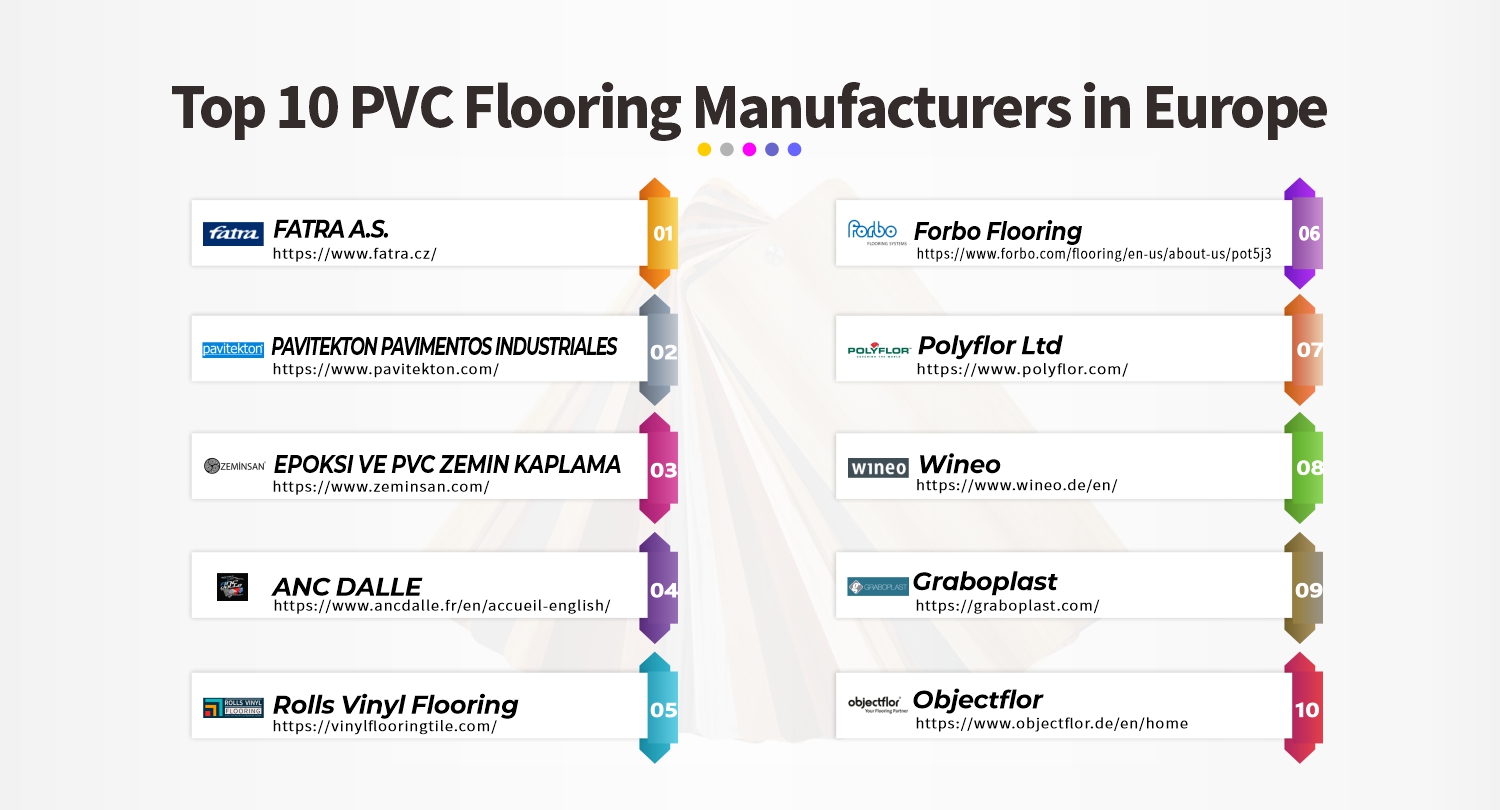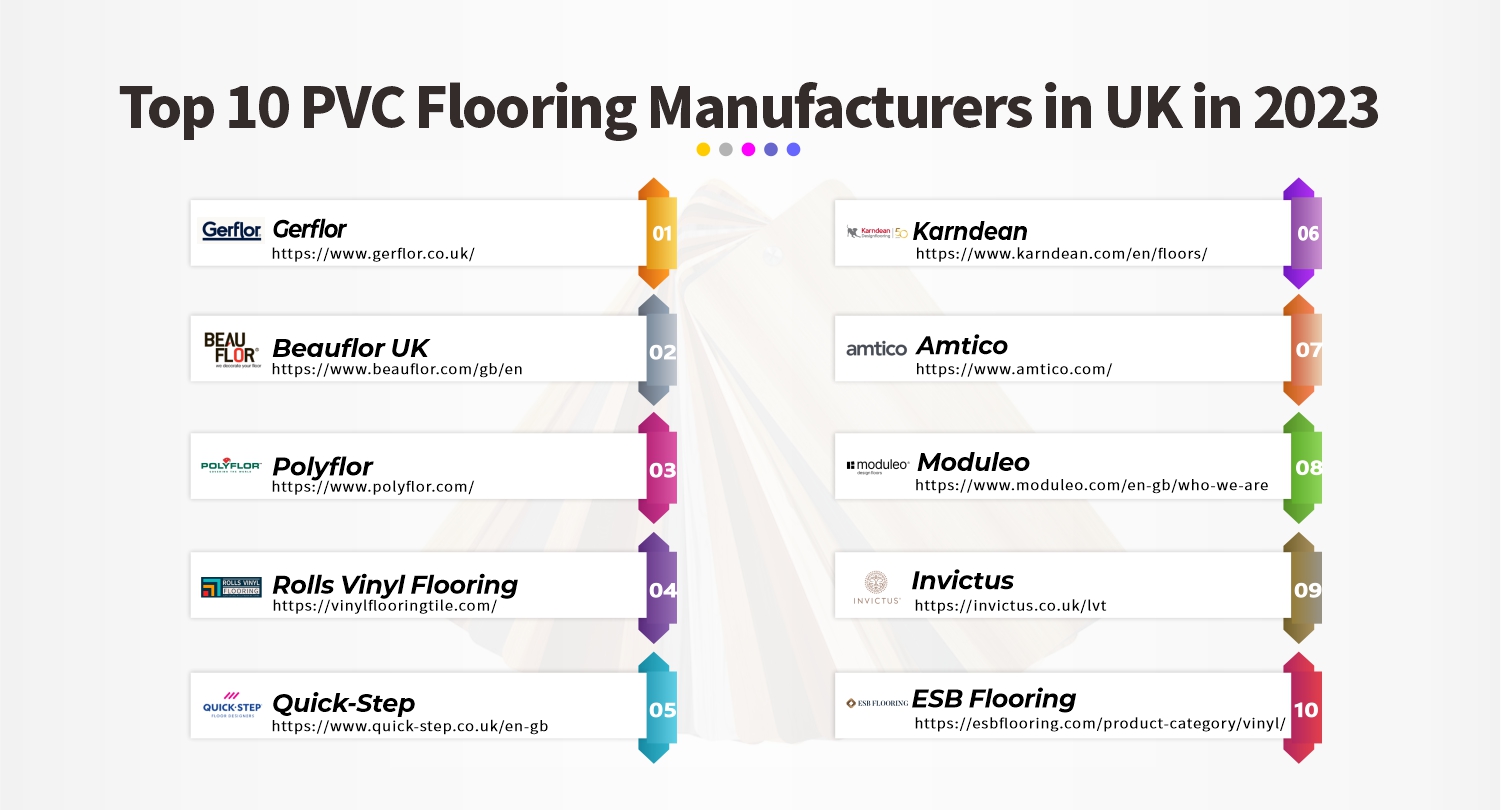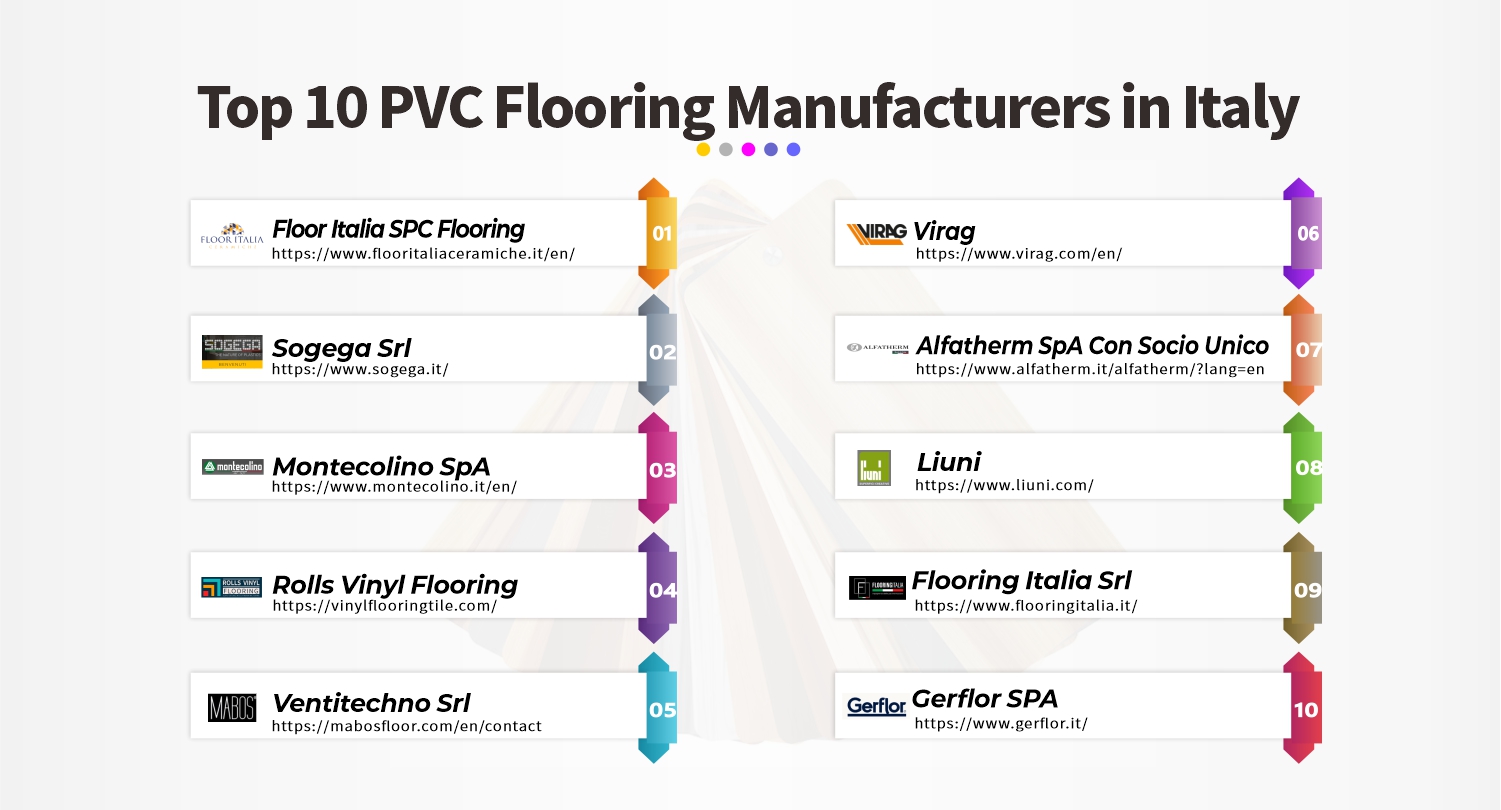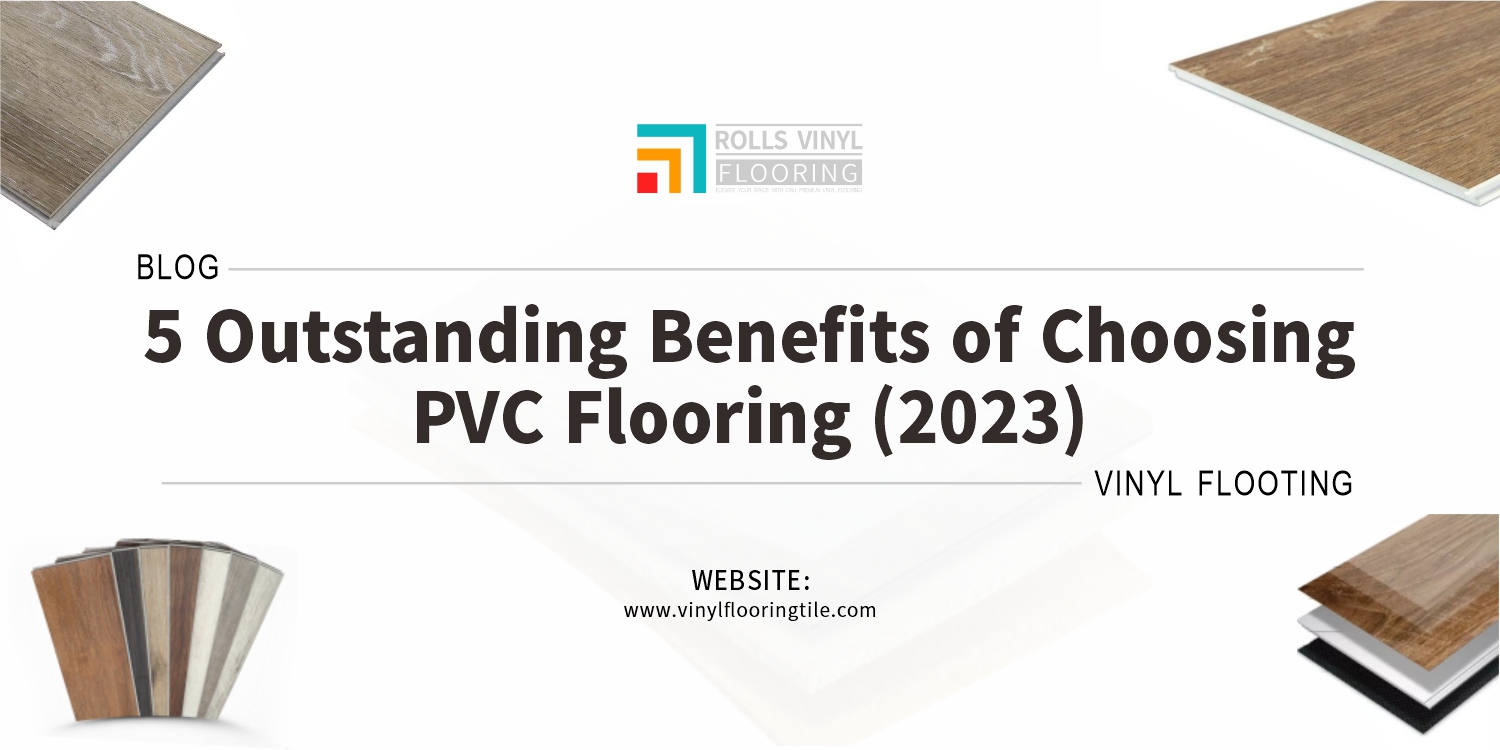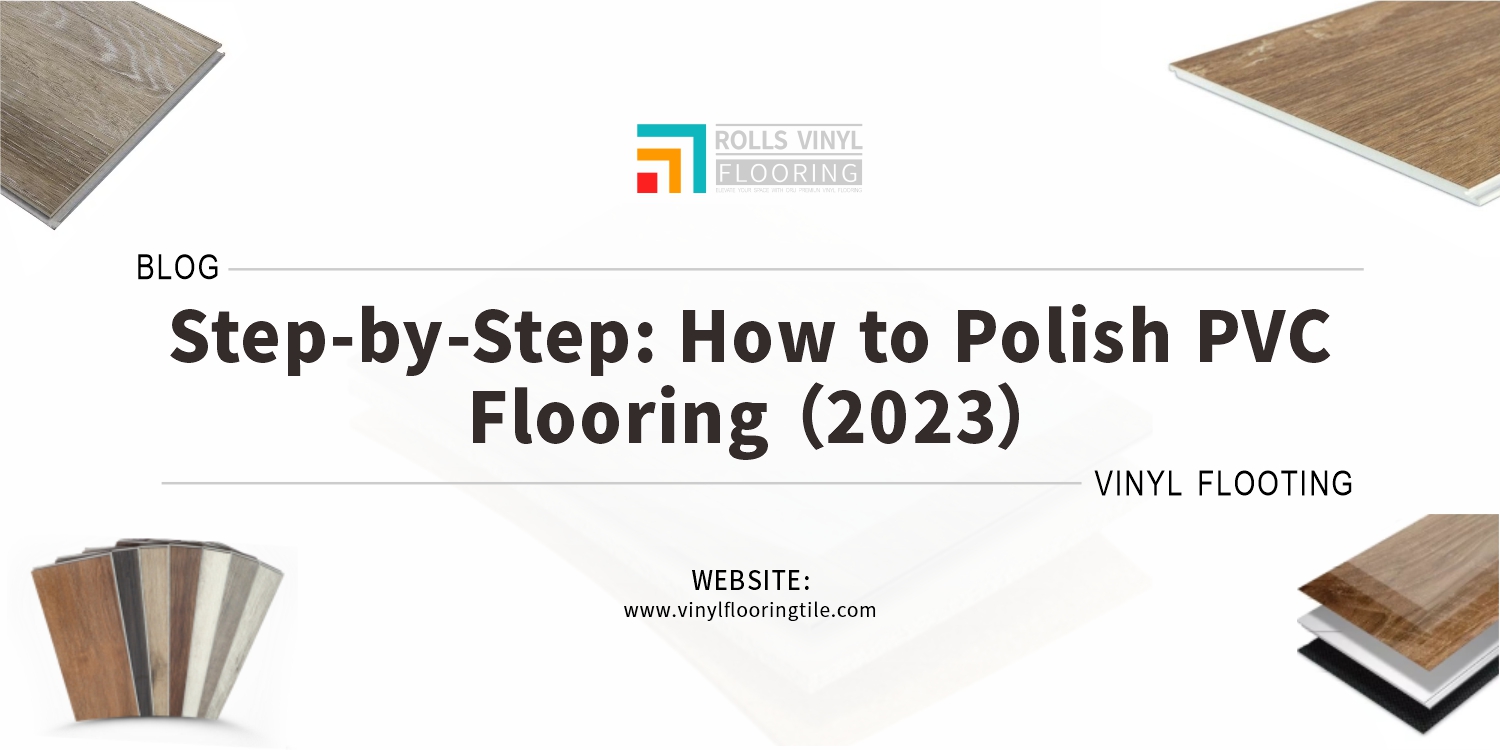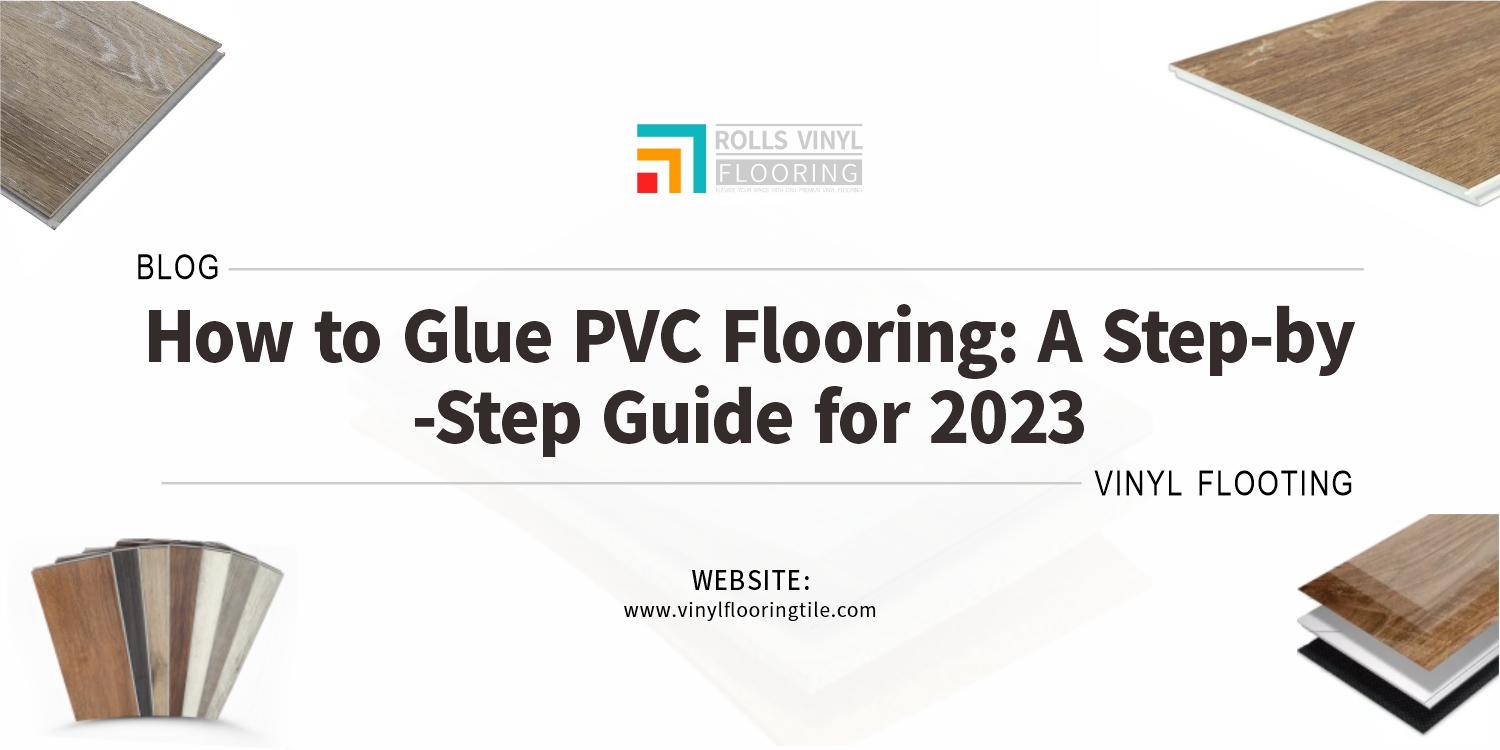Looking to update your home flooring? Dive into our comprehensive buyer’s guide on vinyl flooring, where we cover everything you need to know. From its benefits and types to installation and maintenance tips, this guide will arm you with the information you need to choose wisely for your space.
Due to its water resistance and longevity, vinyl flooring is a flexible and affordable alternative for both home and commercial areas. Vinyl offers the ideal fusion of fashion and utility thanks to its realism, simplicity, and low maintenance needs.
Learn more about the many vinyl flooring options, including their benefits and drawbacks. Determine your flooring needs, know the factors to consider, evaluate options, consider budget and costs, and learn the installation process.
Importance of flooring in home design and functionality
The flooring of the home serves as the basis for its general design and greatly influences the look and feel of each individual space. The choice of flooring material can enhance the aesthetic appeal and give the interior a cohesive appearance, from hardwood and tile to carpet and vinyl.

Overview of vinyl flooring and its popularity
Because of its many benefits and adaptability, vinyl flooring has experienced tremendous growth in popularity in recent years. Vinyl flooring is a common alternative for homeowners and interior designers looking for an affordable, durable, and aesthetically pleasing flooring solution.
Understanding Vinyl Flooring
Definition and composition of vinyl flooring
A backing layer, a core layer, a design layer, and a wear layer are the typical layers that make up vinyl flooring. The backing layer aids in stability and moisture resistance. The core layer, often made of vinyl or composite materials, adds strength and durability to the flooring.
The design layer is where the visual appearance is achieved, featuring a printed pattern or design that mimics the look of natural materials. The design layer is shielded from blemishes, stains, and deterioration over time by the wear layer, a translucent top layer.
Different types of vinyl flooring (sheet vinyl, luxury vinyl tiles/planks, vinyl composite tiles)
- Rolls of sheet vinyl are commonly used to transport continuous sheets of vinyl flooring.
- Luxury vinyl tiles and planks are made to resemble natural materials like tile, stone, or hardwood.
- Vinyl composite tiles are composed of a mixture of vinyl, limestone, and other materials.
Advantages and disadvantages of vinyl flooring
Vinyl flooring is ideal for high-traffic areas and places prone to dampness since it is extremely resilient, resistant to scratches, stains, and water damage. It is also easy to install, with options for adhesive or click-lock systems, making it a popular choice for DIY projects.
Vinyl flooring can be more prone to fading and discolouration when exposed to direct sunlight and may not be as luxurious or prestigious as natural materials. It may not have the same lifespan as materials like hardwood, and repairing or replacing damaged sections can be challenging.
Determining Your Flooring Needs
Assessing the room(s) for installation
Evaluate the condition of the existing floor, looking for any damage or unevenness that may need to be addressed before installation. Check the moisture levels in the room, assess the type and condition of the subfloor, ensure it is clean, dry, and smooth, and consider the room’s usage and traffic patterns to choose the appropriate type of vinyl flooring that can withstand the demands of the space.
Identifying traffic patterns and usage requirements
Observe the room to determine the primary pathways and areas that experience the most foot traffic. This could be entryways, hallways, or common gathering spaces. Vinyl flooring in kitchens and bathrooms might need to be exceptionally water resistant, whereas flooring in playrooms or home offices might provide improved comfort and noise reduction.
Considering aesthetic preferences and design compatibility
Consider your personal taste as well as the atmosphere you hope to evoke. Consider whether you prefer a more classic, traditional look with wood or stone patterns, or if you lean towards modern and contemporary designs. Additionally, it’s crucial to make sure the vinyl flooring you choose blends well with the room’s current design and furniture.
Evaluate the color schemes, furniture styles, and overall theme of the space to select a vinyl flooring option that enhances the visual harmony and cohesiveness of the room.
Evaluating budget constraints
A variety of options are available for vinyl flooring at varied pricing points. Start by determining your budget for the flooring project, taking into account not only the cost of the vinyl flooring material itself but also any additional expenses such as installation, underlayment, or necessary tools.

Investigate various vinyl flooring options and contrast their costs, taking into account elements like the vinyl’s kind (sheet, LVT, etc.), quality, and brand. Remember that higher-quality vinyl flooring might cost more, but it can provide superior lifetime and durability. Look for promotions, discounts, or sales to maximize your budget.
Key Factors to Consider
Durability and wear resistance
The capacity of your flooring to resist regular use demands while maintaining its quality and look over time is known as durability. Wear resistance is essential for preserving the longevity and aesthetics of your flooring. Considering durability and wear resistance also helps with maintenance and upkeep.
Waterproof and moisture resistance
Opting for waterproof or moisture-resistant flooring helps protect against potential water damage, warping, and mold growth. It provides peace of mind, knowing that accidental spills, leaks, or humidity will not compromise the integrity of your flooring.
Installation methods and ease of DIY installation
The installation process can significantly impact the overall cost and convenience of your flooring project. Understanding the installation requirements and complexity of each method allows you to choose one that aligns with your skills and preferences. Easy DIY installation can save you money on professional installation fees and provide a sense of accomplishment.
Maintenance and cleaning requirements
Different types of flooring have varying maintenance needs, and understanding these requirements ensures that you can keep your floors looking their best and extend their lifespan. Certain flooring materials may require special treatments, specific cleaning solutions, or more frequent and intensive maintenance routines.
Comfort and sound insulation
A home’s overall pleasure and enjoyment are improved by comfortable flooring. Sound insulation helps reduce noise transmission between floors and rooms. You can enhance the overall livability and tranquility of your space, ensuring a more enjoyable and relaxing atmosphere.
Environmental impact and sustainability
With increasing awareness of environmental issues, opting for eco-friendly flooring options can contribute to a more sustainable future. Choosing flooring that is manufactured using environmentally friendly processes, such as low-emission production or recycled content, can help reduce the overall carbon footprint.
Evaluating Vinyl Flooring Options
Understanding wear layers and thickness
The wear layer is the topmost protective coating that shields the flooring from daily wear and tear. It determines the durability and longevity of the flooring. Mils are used to measure the wear layer’s thickness, with higher mil values signifying a more durable and resilient surface. A thicker wear layer generally offers better resistance against scratches, stains, and dents, making it suitable for high-traffic areas.
Exploring design options, patterns, and textures
From replicating the appearance of natural materials like wood or stone to embracing modern and unique designs, the options are abundant. You can choose from classic and timeless designs or opt for bold and contemporary patterns to make a statement. The availability of different textures, such as embossed or textured surfaces, adds depth and visual interest to your floors.
Comparing warranties and product guarantees
Warranties and guarantees provide assurance and protection against potential defects, issues, or premature wear of the flooring. They vary in terms of coverage, duration, and conditions, so it’s essential to carefully review and compare them.
Researching reputable brands and manufacturers
Start by gathering information about well-known brands in the flooring industry and their reputation. Look for brands that have been in the market for a significant amount of time and have a positive reputation among homeowners, contractors, and industry professionals.
Reading customer reviews and ratings
By reading reviews, you can gain knowledge about the product’s quality, resilience, and general satisfaction. Look for common themes or patterns in the reviews to get a sense of any potential issues or advantages of the flooring. Ratings and overall satisfaction scores can also give you an idea of the consensus among customers.

Budgeting and Cost Considerations
Estimating the total flooring cost (material, installation, additional accessories)
Determine the cost of the flooring material itself by researching prices from different suppliers or retailers. If you plan to hire a professional installer, request quotes from multiple contractors to compare prices.
The cost of installation might vary depending on the project’s intricacy, the flooring type, and the labor rates in your area. Additional accessories may include transition strips, trim, adhesives, or any other necessary supplies to complete the installation.
Comparing prices and shopping around for the best deals
To guarantee you are receiving the best value for your money, take the time to shop and check costs from several sources. Shopping around allows you to make informed decisions, find competitive pricing, and potentially negotiate better deals.
Evaluating long-term value and cost-effectiveness
While upfront costs are important to consider, it is equally essential to assess the long-term benefits and potential savings. Some materials require less frequent replacement, reducing the need for additional expenses in the future. Flooring with excellent wear resistance and easy maintenance can save you time and money on repairs and cleaning products.
Installation Process
Choosing between professional installation and DIY installation
The professional installation offers several advantages, such as expertise, efficiency, and a guarantee of professional results. DIY installation can be a cost-effective option for those with some level of experience and confidence in their abilities.
Preparing the subfloor and ensuring its suitability
Make sure the subfloor is damage- and debris-free, clean, level, and dry. Inspect the subfloor for any signs of moisture, rot, or structural issues that need to be addressed before proceeding with the installation.
Acclimating the vinyl flooring to the room’s conditions
Allowing the flooring to acclimatize to the room’s temperature and humidity for a predetermined amount of time is known as acclimating the flooring to the environment in which it will be installed. Depending on the vinyl flooring type and manufacturer, different recommendations and acclimatization times may apply.
Following proper installation techniques and guidelines
It is essential to carefully read and understand the manufacturer’s installation instructions and seek professional advice if needed. Each type of flooring has specific installation requirements that should be strictly followed. These guidelines provide instructions on subfloor preparation, adhesive application, seam sealing, and other critical steps in the installation process.
Post-installation care and maintenance
After installation, your freshly installed flooring needs to be maintained and cared for in order to retain its beauty and durability. Proper care ensures that your flooring remains in optimal condition and withstands daily wear and tear. You must follow any maintenance guidelines provided by the manufacturer for the particular type of flooring you have installed.
Frequently Asked Questions
Addressing common concerns and misconceptions
In light of the issues raised and the myths dispelled it is evident that vinyl flooring is an adaptable, resilient, and visually pleasing choice that can accommodate the demands and tastes of a wide range of homeowners.
Providing answers to popular questions related to vinyl flooring
- Is vinyl flooring suitable for high-traffic areas?
Yes, vinyl flooring is a great option for locations with a lot of traffic. It is made to last, be resistant to stains and scratches, and be able to withstand the normal wear and tear of busy spaces.
- Can vinyl flooring be installed in bathrooms and kitchens?
Absolutely! Vinyl flooring is a popular selection for bathrooms and kitchens due to its resistance to moisture. It can withstand exposure to water and spills without warping or damage.
- Is vinyl flooring easy to clean and maintain?
Yes, vinyl flooring has a reputation for being low maintenance. It can usually be kept clean with routine sweeping or vacuuming and the occasional light mopping with a cleaner. Avoid using abrasive cleaning tools or harsh chemicals.

This comprehensive buyer’s guide has provided valuable insights into vinyl flooring, covering its definition, types, advantages, considerations, and maintenance. With this information, you can easily traverse the vinyl flooring market, choose the ideal flooring option for your space, and make informed judgments.

